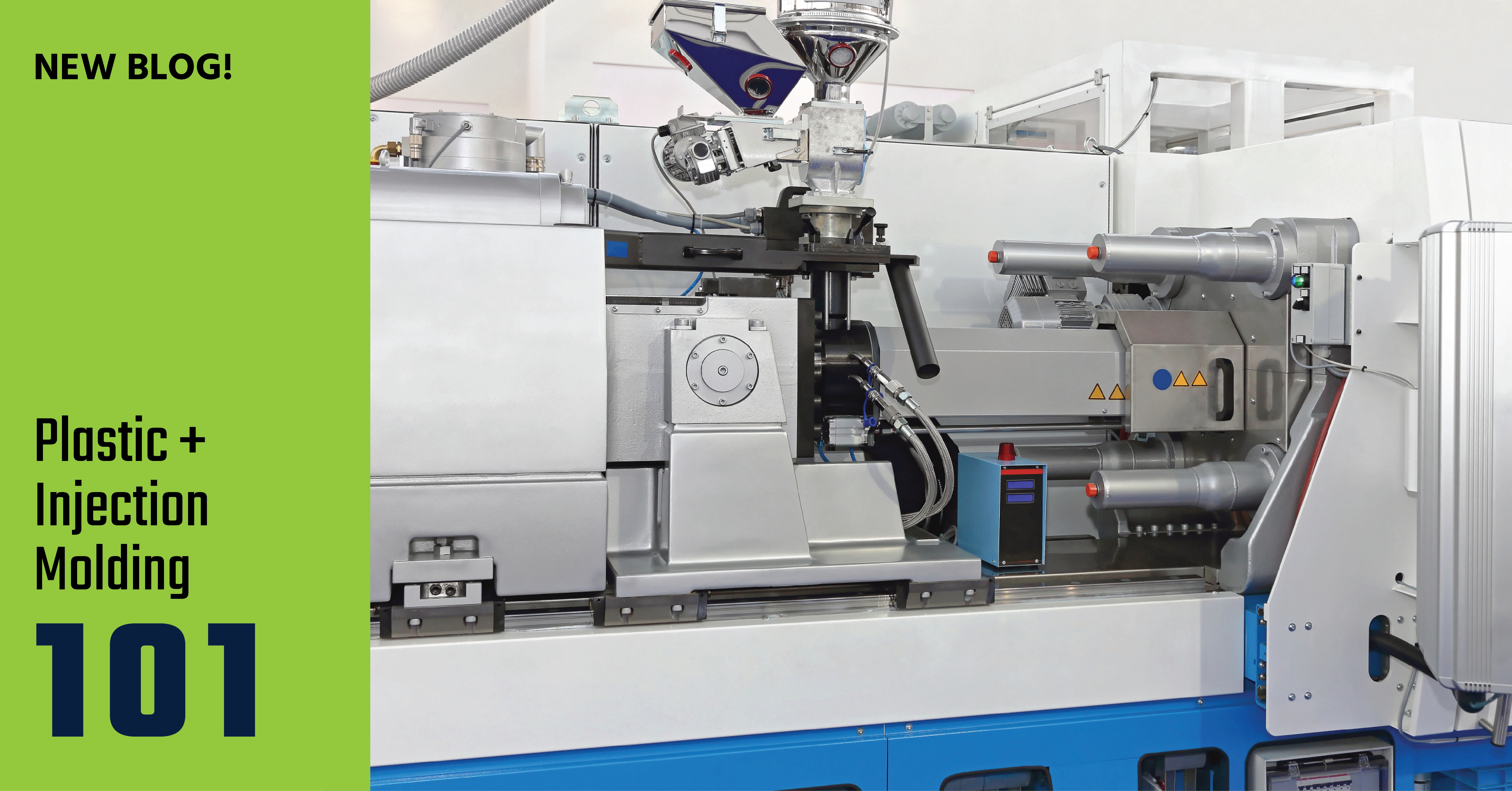
Injection molding is one of the most versatile manufacturing methods around. From kitchenware to auto parts to medical devices to action figures, plastic molding can turn nearly any project into a reality.
But as useful as it is, injection molding isn’t without its limits.
If you’re working on an injection molding project, it pays to know what those limitations are before you go to manufacturing. Otherwise, you could find yourself wasting material—and money.
Don’t let yourself make that mistake. Read on for the limitations of plastic molding before you let your project get carried away.
How Does Injection Molding Work?
Despite its prevalence in manufacturing, plastic injection molding is a relatively simple process.
First, your design is cast into a metal mold. Usually, this mold consists of two parts that meet together with a small tube for the plastic.
Then, plastic beads are heated and fed into the mold. Once the mold is filled, the metal holds it in place until the plastic is cooled. After that, the two halves of the mold separate, and the molded piece is ejected out of the mold. The extra parts are then trimmed off.
Limitations of Plastic Molding
As versatile as injection molding is, it’s not the right choice for every project. Consider these factors before deciding to go with injection molding.
Size Considerations
Theoretically speaking, there is no limit to the size of a piece you can create with injection molding.
However, the real-life plastic molding machines used to make these pieces are limited in how large a piece they can produce. Currently, the largest machine is that of Infiltrator Systems in Kentucky, which is large enough that it can mold a septic tank.
Before hiring a plant to mold your pieces for you, ask about the size limitations of their machines.
Design Concerns
As mentioned earlier, most plastic injection machines split the mold between two metal pieces.
As such, things like interlocking pieces, undercuts, and thin, unsupported walls may not mold the way you want them to.
Additionally, if your design doesn’t have the proper draft angles and supports, you may end up with warped pieces.
Ejectors and Cooling Lines
If you have any plastic-molded pieces, you may notice a faint line that runs around the perimeter of the object. This is where the two halves of the mold meet. You may also notice a rough spot along that line. That’s from the thin tube in the mold where the plastic was fed into.
While the excess material can be trimmed pretty closely, it’s almost impossible to create a piece that doesn’t have some artifacts from the molding process. If those will ruin your design, injection molding may not be the way to go for your project.
Lead Times
Injection molding is a great way to create a lot of pieces of a part in a hurry. Once the mold is ready, you can create dozens of pieces an hour without much effort.
Getting the mold ready, though, might take some time. One mold needs weeks of tooling, testing, and prototyping before it’s ready to go into production. And that doesn’t even include the work queue ahead of your project at a busy plant.
If you’re looking to go into production within the month, injection molding isn’t the best choice for your project.
Let’s Get Injecting
Once you overcome these limitations, plastic molding can be a great tool to help bring your ideas into production.
If you have a project in mind and are looking for a manufacturer to bring it to fruition, contact us for a quote!
